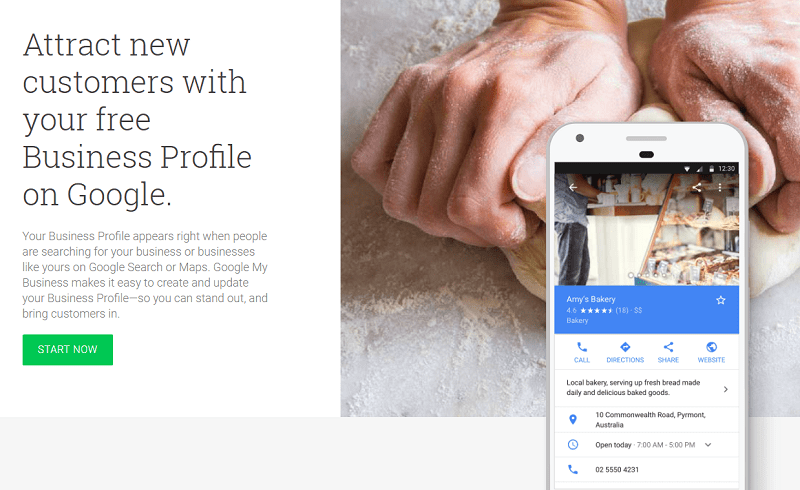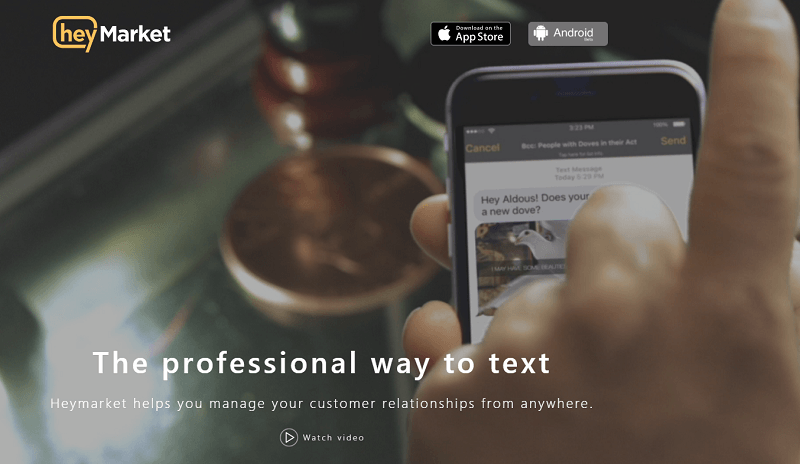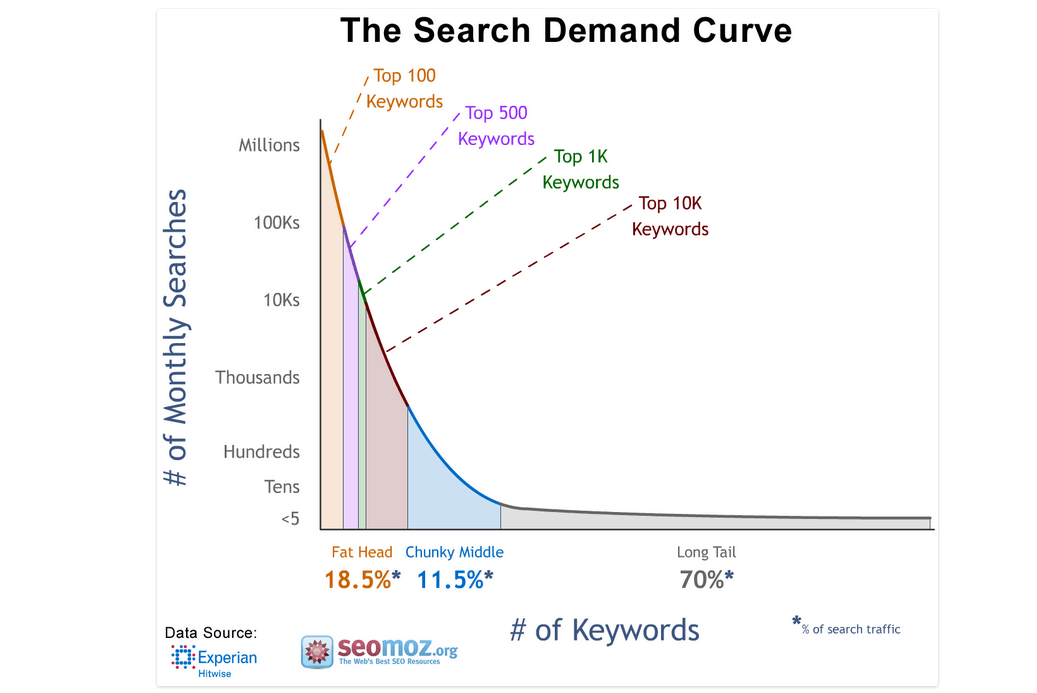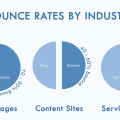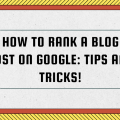Anchor text is more than just a clickable piece of text. It is a fundamental aspect of SEO and user experience, with significant influence over your website’s search engine rankings and usability.
Whether you’re a digital marketer aiming to improve organic traffic, an SEO specialist refining link-building strategies, or a content creator ensuring your web content engages and informs, understanding anchor text is crucial.
This guide will provide an updated overview of anchor text in 2025, explaining why it matters and how to use it effectively through proven best practices. By the end, you’ll have actionable tips to elevate your SEO game.
Table of Contents
What Is Anchor Text?
Anchor text refers to the visible, clickable text in a hyperlink. Typically underlined and colored (often blue), it’s a cue to both users and search engines about the content of the linked page. For example:
- Generic anchor text like “Learn more” doesn’t provide much detail.
- Descriptive anchor text such as “SEO strategies for startups” gives clear context about the page being linked.
Why Does Anchor Text Matter?
Anchor text plays a dual role in improving website performance:
- For Users: It provides a preview of what to expect when clicking a link, ensuring a better navigation experience.
- For Search Engines: It acts as a signal about the linked page’s relevance, influencing rankings for targeted keywords.
When used correctly, anchor text improves SEO, boosts click-through rates (CTR), and contributes to a better user experience. Misuse, however, can lead to penalties or a loss of trust from both users and search engines.
Types of Anchor Text You Should Know
There are several types of anchor text, each serving different purposes in SEO and content strategy. Choosing the right type depends on your goals and context. Here’s an overview:
1. Exact Match Anchor Text
This type includes keywords that exactly match the term you’re targeting. For example, if “web development services” is your target keyword, the anchor text would be web development services.
Upside: Strong keyword targeting, useful for ranking specific terms.
Downside: Overuse can look unnatural and trigger penalties from Google.

2. Partial Match Anchor Text
Here, the anchor includes a variation or modifier of your targeted keyword. For example, “affordable web development services.”
Why It’s Useful: Natural and versatile, partial match anchors balance keyword targeting and readability.
3. Branded Anchor Text
A hyperlink using your brand name, such as HubSpot or Moz, is a branded anchor.
Ideal For: Building brand authority and recognition.
Pro Tip: Branded links should be a key part of your link profile to maintain a natural and trustworthy link structure.
4. Naked URLs
These display the actual URL as the anchor text, such as www.example.com.
Best Used For: References, citations, or minimalist designs, but be cautious about overusing them—they aren’t user-friendly or descriptive.
5. Generic Anchor Text
Common phrases like “click here” or “read more” fall into this category. Historically common, they’re now considered less effective in SEO.
Why Avoid It? Generic anchors offer no context to users or search engines.
6. Image Anchor Text
When an image links to another page, search engines use the image’s alt text as the anchor.
Tip for 2025: Ensure your images include SEO-optimized alt text to make the most of this anchor type.
Anchor Text Best Practices for 2025
Now that you understand the different types, let’s get into the nitty-gritty of using anchor text effectively. Follow these best practices to optimize your strategy:
1. Use Relevant and Descriptive Text
Always ensure your anchor text accurately reflects the content it links to. Mismatched or misleading anchors can frustrate users and harm your SEO.
- ✅ Example (Good): “Local SEO guide for restaurants” links to a guide about local SEO for restaurants.
- ❌ Example (Bad): “Best vegan recipes” links to a page about SEO tips.
2. Keep It Natural
Avoid over-optimization. Google’s algorithms prioritize natural, reader-friendly language. Overloading links with exact match keywords can result in penalties.
- Natural Flow Example: “Check out our guide on how to use [anchor text properly] for better rankings.”
- Keyword Stuffing Example: “Our anchor text guide covers anchor text strategies, anchor text examples, and anchor text tips.”
3. Diversify Your Anchor Text
A diverse anchor profile signals authenticity. Mix up your anchor types, combining branded links, exact match keywords, partial matches, and more.
- Good Example: A mix of text types, including “content marketing tips”, “this article”, and “HubSpot blog”.
- Bad Example: Repeating the same keyword phrase like “best SEO practices” across every link.
4. Be Mindful of Link Placement
Links in prominent areas like introductory paragraphs or call-to-action sections often get higher engagement. Avoid placing links where they can go unnoticed or be perceived as spam.
- Ideal Placement Example: “Our latest [SEO checklist] simplifies your optimization process.”
- Poor Placement Example (Footer spam): “Click [here] for SEO checklist.”
5. Optimize for Mobile Users
With mobile usage continuing to rise, keep your anchors short and make sure they’re distinct enough to click on smaller screens. Descriptive anchors work especially well here.
6. Leverage Tasting Opportunities with Internal Linking
A robust internal linking strategy keeps visitors on your site longer. Use meaningful anchors to link to related content across your website.
- Example: “Learn more by exploring our [complete SEO toolkit].”
7. Analyze Competitors’ Strategies
Evaluate your competitors’ anchor text and backlink profiles to identify gaps in your own strategy. Use tools like Ahrefs or SEMrush to review linking patterns and draw inspiration.
Pro Tip: Focus on outperforming competitors while maintaining your unique tone and value.
8. Track and Adjust
The best strategies evolve over time. Regularly audit your link profile to identify areas for improvement, including:
- Overuse of specific anchors
- Broken links
- Outdated pages
Upcoming Trends in Anchor Text for 2025
The SEO world is constantly evolving, and anchor text strategies must adapt. Here are some predicted trends to watch for:
- AI Optimization
Tools like ChatGPT and Jasper are increasingly offering suggestions for anchor text that align with broader content strategies.
- Voice Search Integration
Anchor text strategies may shift toward phrasing that mirrors spoken language, given the rise of voice-activated searches.
- Focus on User Intent
Anchor text will continue to evolve toward aligning with intent, ensuring visitors find exactly what they’re looking for.
Take Command of Anchor Text in 2025
Anchor text may seem like a small detail, but its impact on user experience and SEO cannot be overstated. Whether you’re linking within your site or building relationships through backlinks, following the best practices outlined above will help you improve rankings, increase engagement, and maintain a natural link profile.
Feel overwhelmed? Don’t worry. The good news is that mastering anchor text is a learnable skill. Start small, implement these best practices consistently, and you’ll notice a difference in your SEO results.




